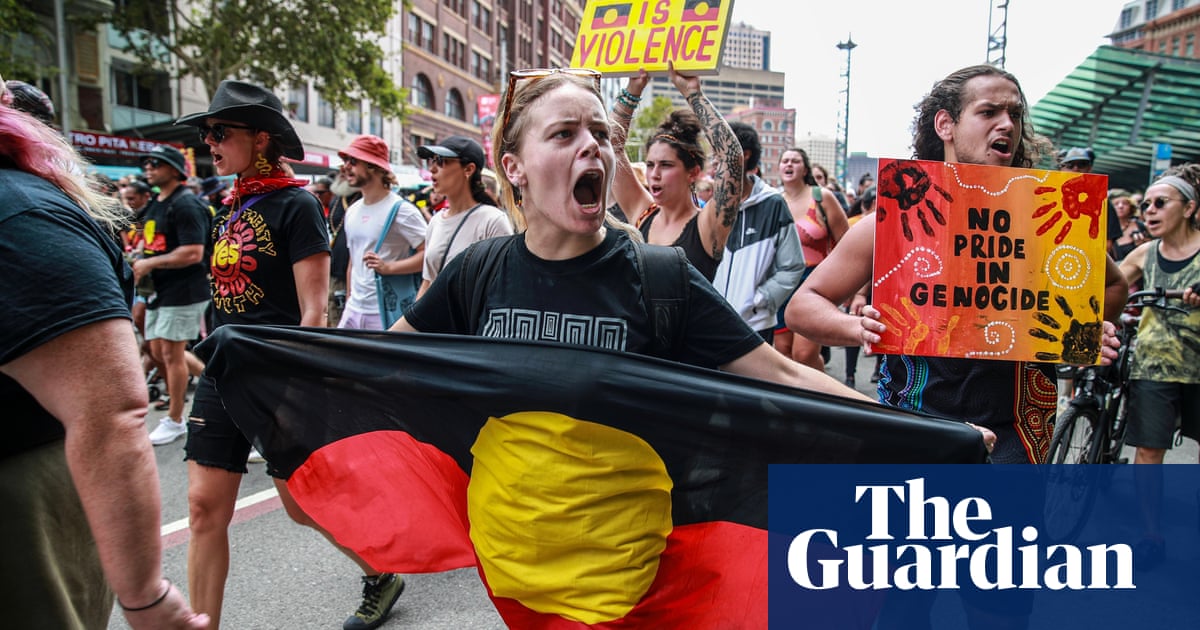
A number of senior officials at the former Iranian President Mahmoud Ahmadinejads administration sent a letter to Iranian Interior Minister Abdul Ridha Rahmani Fadhli requesting the permission to organize a sit-in protest against the current situation in the country and deteriorating economic conditions.
The letter also mentioned several gatherings during the past months protesting policies, performances, poor economic situations, and mismanagement.
The letter criticized recent popular protests in Iran describing misconduct in recent weeks, such as "vandalism and the burning of public places, as well as the Iranian flag, which led to clashes between some of the protesters and the arrest of a large number of them."
However, Ahmadinejads aides demand is based on differentiating between the right to assemble and protest and chaos and sabotage of public areas.
The seven officials referred to Articles 8 and 27 of the Constitution, adding that they will ask people to protest calmly and legally.
"The protest is a response to the performance of the three authorities (legislative, executive, and judicial) and some policies and behaviors, especially in terms of economic, legal and social affairs," the seven officials said in another part of the letter.
Former president’s top aide, Ali Akbar Javanfekr published on his Telegram channel the letter sent to the interior minister and signed by Ahmadinejads special adviser Esfandiar Rahim Mashaei, Hamid Baghaei, former Labor Minister Abdul Reza Sheikholeslami, Ahmadinejads economic adviser Morteza Tamaddon, and former presidents chief of staff Hassan Mousavi.
Ahmadinejad aides letter came less than a week after the former president participated in the last meeting of the Expediency Council, when several newspapers reported anonymous sources saying that he was under house arrest for his involvement in recent protests.
Two days after the protests, the Interior Ministry called on political parties to submit requests for demonstrations, as part of its first attempts to contain the protests, and Bahram Sarmast, director general of the political department at the Interior Ministry, said that it is not the ministry’s approach to restrict legal rallies or refrain from issuing permission in this respect. But, if the party requested a demonstration, the ministry will consider it positively.
On Tuesday, Deputy Interior Minister for security affairs Hussein Zulfiqar disclosed details of a security report presented by the Iranian interior ministry to Iranian President Hassan Rowhani about the protests.
The report points to three reasons for the outbreak of protests: the first is the decline of public confidence, the second "mismanagement of public" and the third "continued activity of foreign enemies led by US".
The report included the age groups and the education level of the participants in the protests.
About 59 per cent of the protesters have a high school diploma or less, while 15 per cent are university graduates, and the education level of education of the remaining 26 percent is unclear, according to the report.
In response to the report, reformist activist Said Hajarian wrote in the reformist newspaper Etemad accusing members of the opposition to cause the protests.
"Those who promoted pessimism and despair into their religious speeches on the radio and television, and those who wanted to say that Rouhani lacked competence issued orders (No to Rouhani) and chanted (Death to Rouhani)," Hajarian added.
According to Hajarian, Iran "witnessed three events over two decades, the first in June 1999, the second in May 2009 and the third in December 2016."
He explained that the first event had a clear goal, and the students wanted to achieve their political demands, but they were repressed by the government. In the second, people protested calmly but security forces fired at them. But during the last demonstrations, the security forces were not as fierce as previous protests.
Reformist media was angered by the publication of the the details of the letter of Ahmadinejads team.
ILNA news agency published interviews of spokespersons of labor and teachers unions who discussed the ban on protests during Ahmadinejads presidency.
ILNA quoted an activist at the teachers union, Reza Musallami as saying that Ahmadinejads government dealt in the worst manner with trade union activists during his presidency.
Hussein Habibi, secretary-general of the Tehran Workers Union, said that when these people (Ahmadinejads aides) were in power, did not issue a single permit for any peaceful protest.










